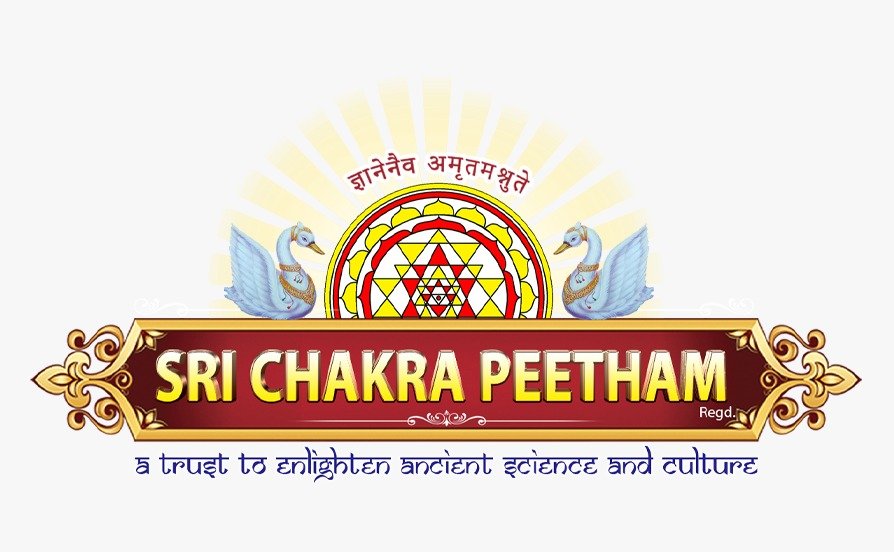From the perspective of Hinduism, the highest value is attributed to God. As the single, unique, uncreated and imperishable source of all that exists, God surpasses everything else that is subject to time and to change. The existence of everything else is contingent and dependent on God. The Hindu tradition understands God alone to be the source of all creation. The Upanishads describe the creation as originating in a wish on the part of God for self-multiplication. Taittiriya Upanishad (2.6.1), describes this divine wish in the following words:
“Let me be many, let me be born.” God undertook a deliberation. Having deliberated, God created all that exists. Having created, God entered everything.
This Taittiriya Upanishad text speaking of the entry of God into all that is created is profoundly significant for understanding the value of the child in Hinduism. In creation, God enters into every created form, and it is the presence of God that gives value and significance to the child. The value of the child is derived both from having her or his source in God and from the fact of embodying God.
The birth of every child repeats the cosmic process described in the Upanishads of God creating and entering everything created. The Yajur Veda speaks of the womb as the birthplace of the divine.
He is the Deity who pervades all regions,
born at first, he is also within the womb.
Verily, he who is born and is to be born,
Meets his offspring facing him on all sides.
The dignity and worth of the child flows from the fact that she or he embodies the infinite divine. Since Hinduism understands God to be intimately present at the heart of all that is created, we profess and express our value and commitment to God by our value and love for all in which God is present.
The Needs of the Child
The profound value for the child in Hinduism matters very little unless it leads to practices that nurture and foster the flourishing of the child. It is important for religious value to become the basis of compassion for the child and the source from which we question injustice and oppression of children. A religious value that is disconnected from reality soon becomes irrelevant. The Hindu teaching about the divine value of the child must find expression in work devoted to the happiness of the child in society.
This value must find expression in reverence and consideration for life in the child and in the avoidance of all forms of violence to children. It must find expression in our value for the health and physical wellbeing of the child. Hindu spirituality does not glorify the life of poverty where children are ill and malnourished and have little chance of surviving childhood. It must find expression in a commitment to root out illiteracy and provide educational opportunities for every child. It must find expression in the freedom of children to enjoy childhood and not be forced into a life of arduous labor. Our Hindu joy in Krishna’s childhood and our celebration of his playfulness must awaken us to the suffering of millions of children who have no opportunity for the joys of childhood when they are thrown prematurely into the harsh world of work. It must find expression in the eradication of the sensual exploitation and physical violence of children. These are gross violations of the cardinal Hindu ethical principle of non-injury (ahimsa). In spite of noble intentions, and both public and private initiatives, the fact remains that too many children are malnourished, illiterate, physically iltreated, and deprived of the delights of childhood by being forced into labor.
All of these problems are intensified in the case of the girl child who, in patriarchal cultures with a preference for male progeny, faces the risks of infanticide and feticide. It must be stated unequivocally that gender injustice finds no justification in Hinduism. In terms of the fundamental value of the child, the Hindus must not distinguish between female and male. God is present equally in all beings and all deserve equal dignity and worth. The unequal treatment of the girl child violates the most central teachings and ethical claims of the Hindu tradition.
Our Commitment to Children
The Hindu teaching about the divine value of the child must find expression in dedication to the wellbeing of the child in society through the provision of fundamental needs such as nutrition, health care, education, play and leisure. We must commit and dedicate ourselves, in faithfulness to the deepest teachings of Hinduism, to working for the happiness of every child. Our commitment to our religion is tested and affirmed by our treatment of those among us who are defenseless, vulnerable and dependent on us. Foremost among these are our children, the embodiment of God and of our hopes and dreams for a better future. We serve God by caring for our children. Let us stand united in this sacred duty.

